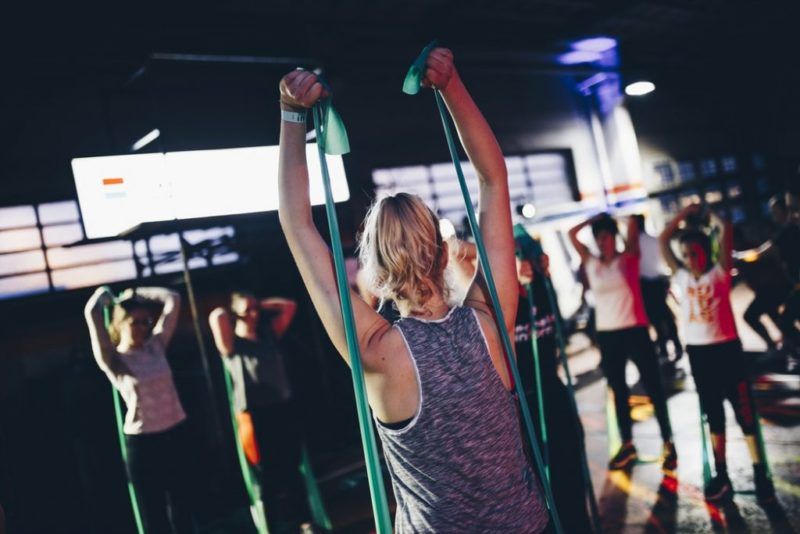The Benefits of Group Fitness That Nobody Talks About
Everyone knows that cultivating a regular exercise routine is great for your body, mind, and spirit, but fewer people are aware of the extra benefits gained only by enrolling in a group fitness class. For instance, did you know that group workouts yield better results than training solo? Not to mention, group fitness classes are often cheaper than hiring a personal trainer. From better workouts to fatter wallets, here are five lesser-known benefits of working out as part of a group.
Community
Group fitness classes build community by bringing people together and uniting them in a common purpose: work hard, play hard! Not only does this boost your sense of personal accountability, making you less likely to quit, but you’ll meet new friends and build lasting relationships that carry on outside of the fitness studio. Encouraging one another and sharing in each other’s successes increases motivation and satisfaction overall, pushing you to new limits you may have never thought possible.
Unleash Your Inner Beast
All that extra motivation produces a real, positive impact on your fitness goals. Studies show that working out as part of a group provides much better results than doing it on your own. A little bit of friendly competition inspires you to work harder than you would by yourself, fostering tenacity and grit that will serve you both inside and outside the studio. Your fitness family will lift you up when you’re feeling down, helping you push through the low-energy days and unleash your athletic potential.
Variety
Instructor-led group workouts allow for much greater variety in your exercise routine, leading to less burnout and boredom. Staying interested is so much easier when there’s something new to look forward to in each class, whether it’s the music, the pace, or the style of your workout. Plus, focusing on different skills and muscle groups means you’ll get a fuller workout than if you were just doing the same thing every time.
Fun and Excitement
Although scientific results are mixed when it comes to the impact of music on exercise, the bumpin’ beats of a group fitness class certainly add an extra dimension of fun to any workout! High-energy music is a stimulating, engaging way for your instructor to set the pace and drive the intensity she wants from her students. Besides, music is a great unifying force, creating conversations, debates, and memories for class members to bond over.
Save Money
Despite what you may believe, group fitness classes are incredibly budget-friendly. While personal trainers cost upwards of $85 per hour (ouch), group workouts range from free with a monthly membership to $25 per class, even in super-chic boutique studios. At Vitruvian Fitness, we offer a flat-rate, two-week introductory membership, during which you’ll have access to all our classes in addition to our expert trainers. Given that you get an entire community of hard-working, fun-loving, sweaty workout buddies included in the cost, that’s some serious bang for your buck. And if you want more when those two weeks are up, we have a wide variety of pricing options and packages to suit your fitness goals, whatever they may be.
Ready to take your workouts to the next level? Sign up for one of our group classes at Vitruvian Fitness today. Our super-charged indoor cycling and functional training classes are designed to make you a better athlete and a stronger person overall. Call us at 303-455-0437 to learn more!
Photo courtesy of Unsplash under Creative Commons 0 license
You might also enjoy these posts . . .








